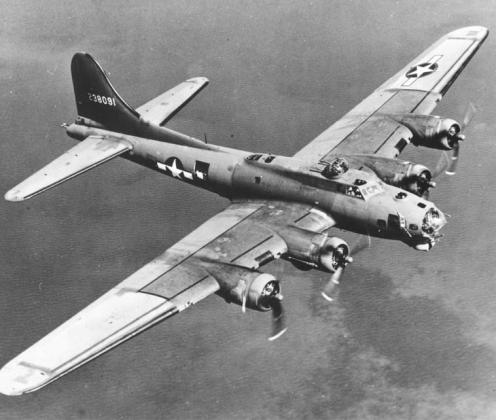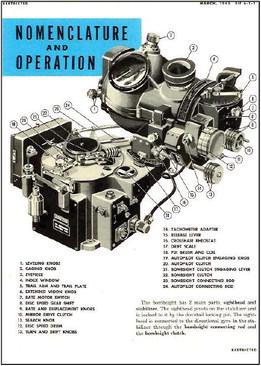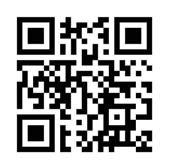The idea of fighting a war from the air was first given serious consideration at the beginning of World War II. The Nazi war machine needed to be weakened to prepare for the upcoming D Day Invasion. To defeat the Nazis, the Americans needed to be able to fly at a high altitude to avoid being shot down, then be able to drop their bombs at a precise point to hit a target. On board with Noel Shoup and the 303rd bombardment group was a device considered to be Top Secret. It made those precision bombing runs possible. The creation of the Norden Bomb Sight went through a number of versions. It eventually became a device with a gyroscope spinning at 30,000 rpm. The pitching of the plane in turbulence normally made it impossible to precisely aim the plane. The solution was a gyroscope and gimbal which created a platform that was stable and could be counted on for a precision aiming of the sight scope toward the target. No matter how the plane might be pitching due to turbulence, the bomb sight would continue to point precisely as it needed.
The Norden Sight had a low power telescope connected with various gears that acted as a computer to calculate the time and distance from the target. The flight conditions of the plane could be dialed into the bomb sight, the altitude, speed of the plane, the prevailing wind. It had gearing to connect those settings and calculate how far ahead of time the bombs would need to be dropped to hit their target.
A number of problems needed to be solved in order to be successful.
The plane would need to be flown level so the target could be sighted, then the pilot would put the plane on autopilot. The Norden bomb sight was attached to the autopilot of the plane. At that point the bombardier would be controlling the plane. He would make minor flight corrections as the bomb sight flew the plane into position over the target. Releasing the bombs a second early or late could make the bombs miss the target. The bomb site would automatically release the bombs at the exact time because the plane was moving at 350 feet per second.
General Curtis LaMay was tasked with oversight for the success of the missions. In 1943 he developed a new procedure for the bombing runs. Only the lead plane in a group would use the bomb sight. Other planes in the group would fly in formation behind the lead plane. The lead plane would determine the path to fly and when to drop the bombs. All the other planes in the group would follow dropping their bombs. Flying in that formation was referred to as “flying in the box.”
Noel Shoup was the lead plane of his group during the bombing run he made on Feb. 28, 1944. He was shot down during that flight. The best pilots and Bombardiers were put in the lead position to insure a successful bombing mission. (Wikipedia, Norden bombsight) (sandiegoairandspace.org) Come visit us at dublinhistorical.org



